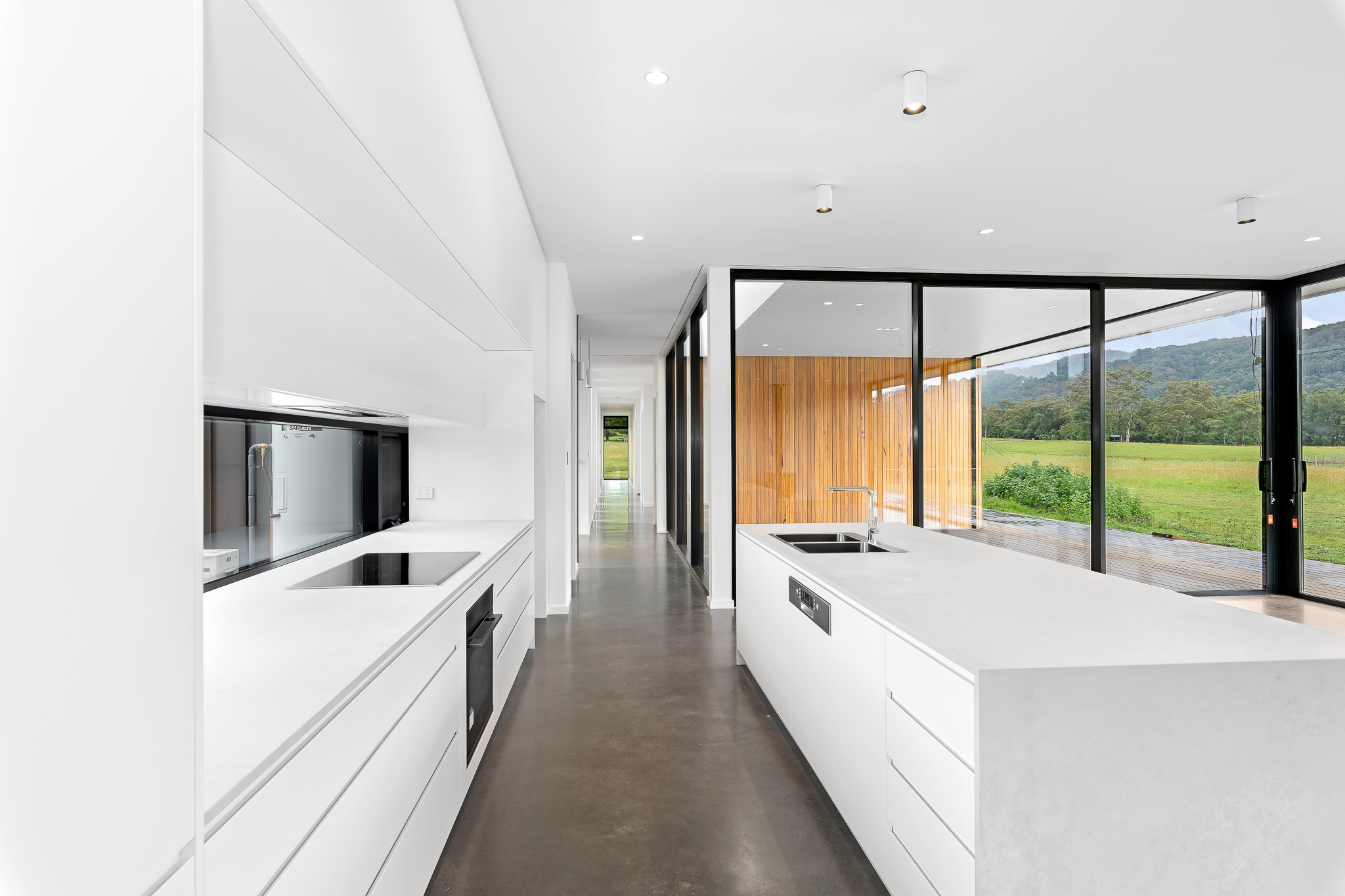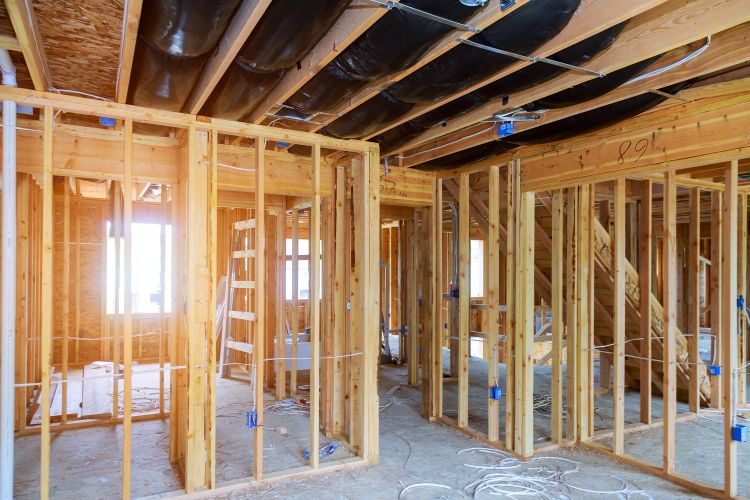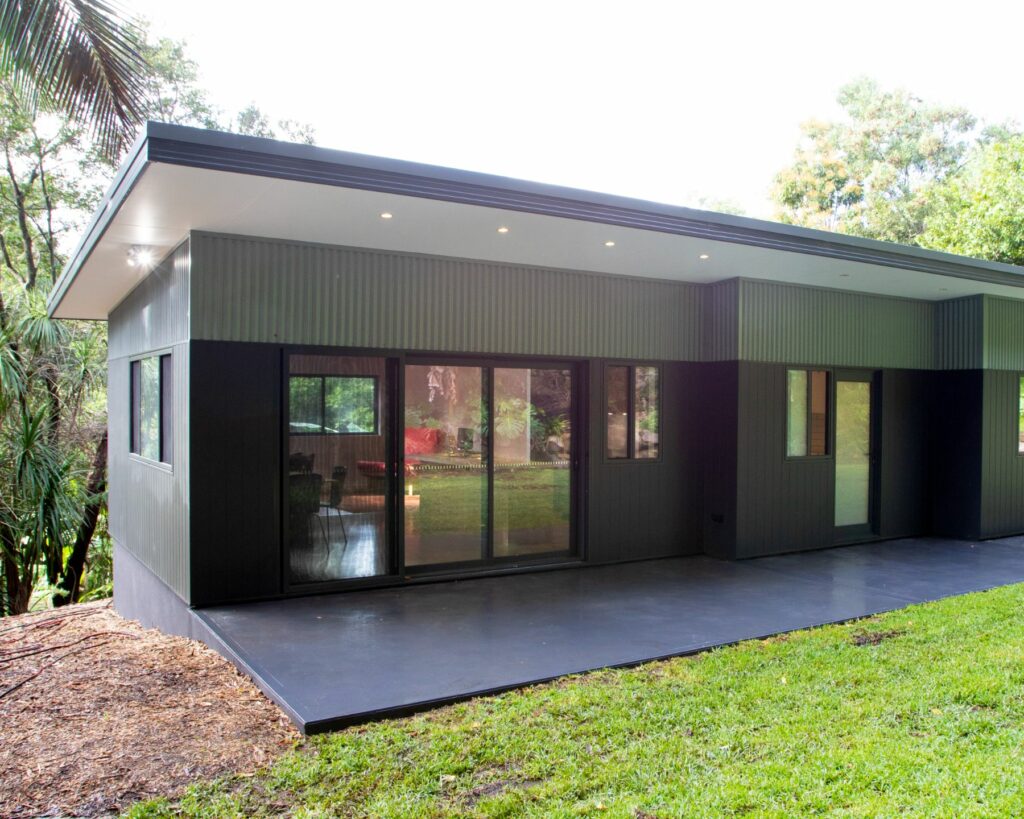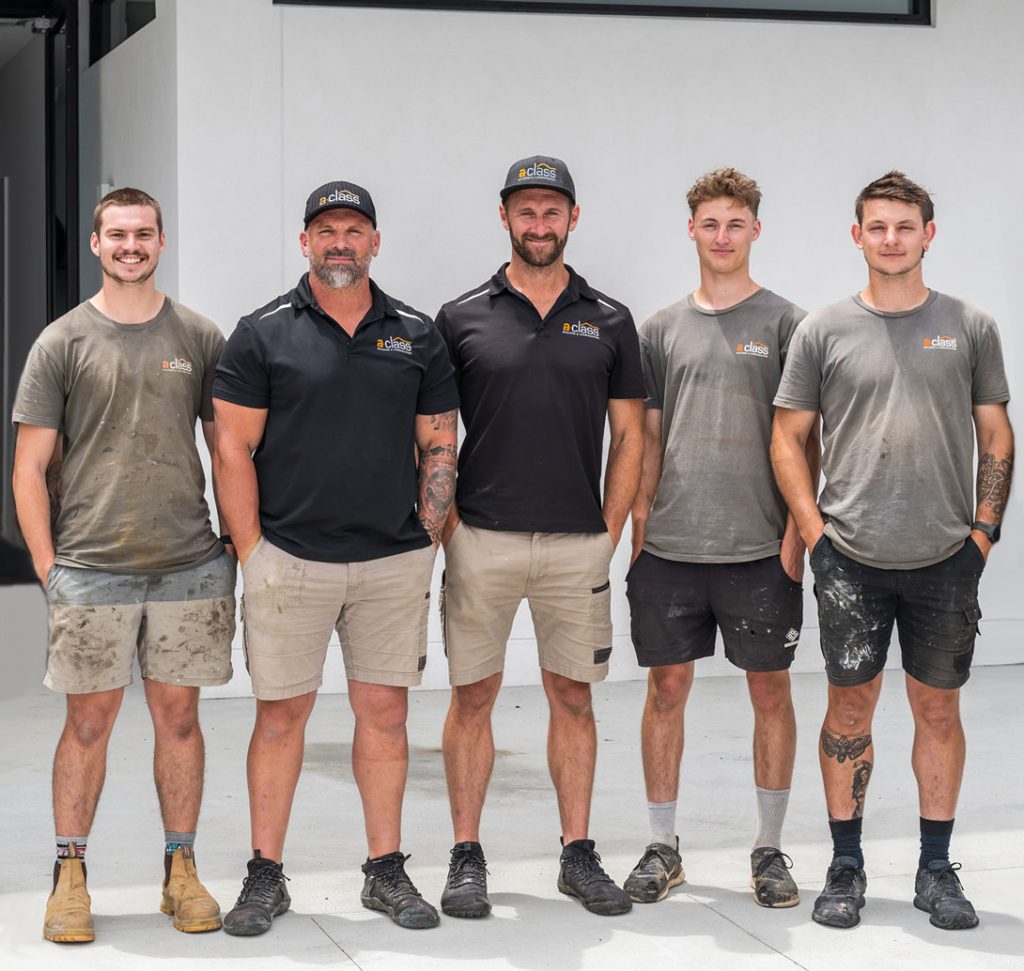
Wouldn't it be great to have a home that's comfortable all year round without depending on heating or cooling systems? One that can cope with the scorching heat of an Australian summer just as well as freezing winter nights? That's exactly what you get with a passive house.
Having a passive house is all about making it work for you so that you don't have to worry about energy costs again. The temperate climate of the Illawarra lends itself to the use of climate-responsive, sustainable design principles that can see a home using little to no power for heating or cooling.
So, let's take a look at how to achieve a solar passive design that embraces the near-perfect climate of the Illawarra.
Around 40% of household energy use goes toward heating and cooling. Building new or retrofitting existing homes using passive design principles can help to achieve thermal comfort without relying on mechanical heating and cooling systems (or using them only a small percentage of the time).
Whether you choose to have your new home fully certified as a passive house or to only incorporate a handful of passive design principles for reduced power bills, building a home now that can cope with your local climate conditions efficiently is a wise investment.
Read more about A Class Building and Construction's Commitment to Sustainability here.

When it comes to sustainable home design, there are two key ways of thinking regarding using our climate to our advantage. The first is a passive house (or Passivhaus). The second is free-running design.
For a passive home to work, it relies on these features:
A free-running design uses these principles:
As you can see from the above, there are several ways to approach passive solar design in a new home build. You might choose to follow all of the Passivhaus standards to achieve a particular level of performance and have your home certified.
Alternatively, you may decide to take a more relaxed approach featuring measures that allow you to minimise your reliance on mechanical systems for heating and cooling, combined with taking active measures to keep your house cool or warm (such as closing the shutters to keep heat out or embracing thermal mass by planting a deciduous vine to let winter sunlight penetrate a concrete slab and warm your home).

From ventilation and insulation to smart architecture, you can incorporate passive solar technology to any degree and see the benefits in your home.
If you dream of a low-maintenance home that uses very little power and keeps its occupants healthy, take a look at these two recently completed projects by A Class Building & Construction.
The first is this home at Coledale which needed to be an energy-efficient home of the highest standard. Low VOC (volatile organic compounds) materials for insulation, flooring and paint were sourced to keep the home as healthy as possible and rainwater collection and solar power systems mean the home also has as little impact on the environment as possible.
Our Bundewallah project is an example of passive solar design at its best. From its orientation to its thermal performance, it was designed to embrace the climate and reduce its occupants' reliance on power for heating and cooling. We're so proud to say that A Class Building & Construction's attention to detail and commitment to sustainable building helped this project come together.

If a healthy, low-maintenance home incorporating passive solar design is right for you, there's no better place to build it than the Illawarra, with its cool, temperate climate. And when it comes to getting the right team on your side to build your eco-friendly dream home, you can't go wrong with A Class Building & Construction.
As local Illawarra builders, we have decades of experience constructing homes in the region, including those that embrace passive solar design, energy efficiency and sustainable building methods. We're passionate about building high-quality homes and collaborating with homeowners to meet their specific needs, so give us a call today on 0414 183 503 to learn about the A Class difference.